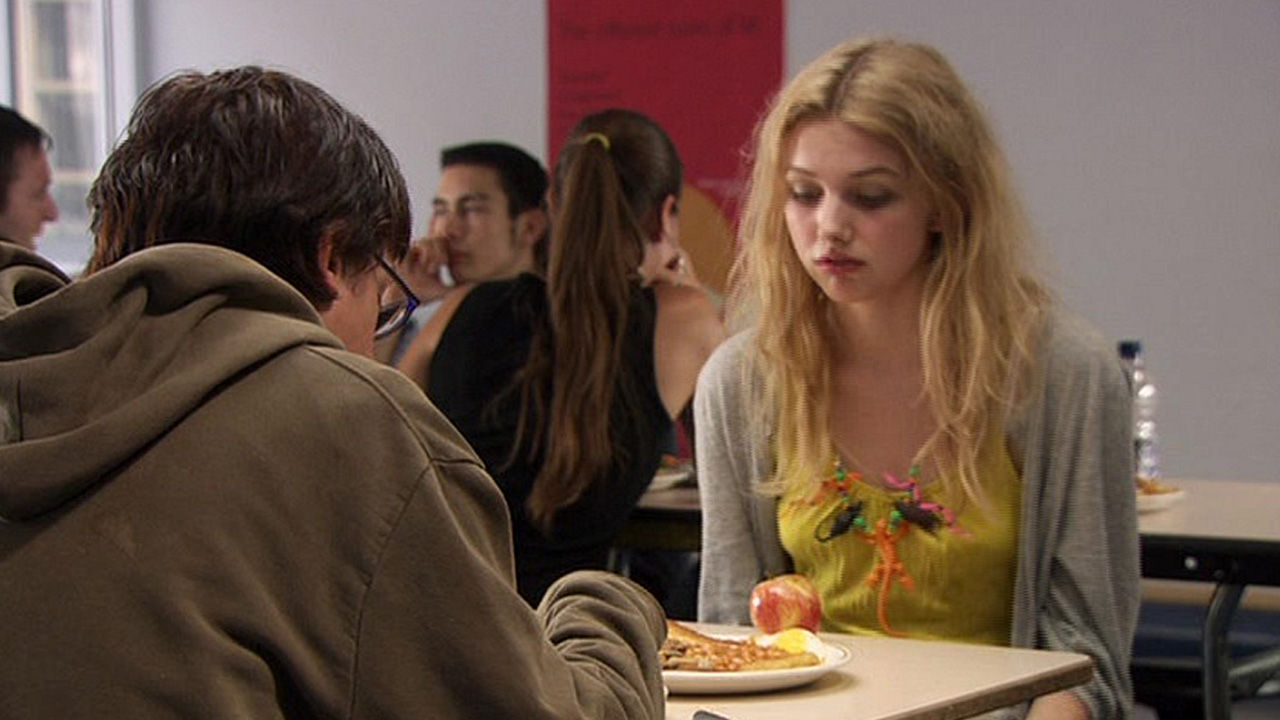
Khloé Kardashian
Bella Hadid
Kate Moss
Jameela Jamil
Denali Fox
and , and the trend’s original ’90s north star, .
Countless people called out the attempted revival online and celebrities like , American singer BANKS and drag queen publicly condemned the dangerous headline, which dismisses feminine bodies as nothing more than a passing fad.
from the Butterfly Foundation — which does vital work to support Aussies struggling with body image issues and eating disorders — told PEDESTRIAN.TV coverage claiming the aesthetic has returned was “disappointing to say the least”.
“Given we’ve seen eating disorder presentations increase over the COVID period, my initial reaction to this rhetoric in the media was that it is extremely irresponsible,” she said.
“After seeing so much progress with the body positive/neutrality movement over the last few years, a return to this narrative is a significant step backwards for us.
“To imply people engaging in disordered eating behaviours is a style or trend is only glamorising eating disorders; a very serious psychiatric illness with one of the highest suicide rates in Australia.
“It is reinforcing the narrative that in order to be accepted in our society and to be worthy you must be thin.”
Recent research by Butterfly shows that calls to its national hotline spiked a massive 275 per cent since 2017 with a 63 per cent increase in calls over the pandemic years compared with the year before the lockdowns hit.
The Royal Children’s Hospital in Melbourne in young Australians seeking treatment for eating disorders in 2020 alone.
“[In] a recent survey conducted by Butterfly, 93 per cent of adult respondents who reported developing body image concerns during their primary school years stated that their concerns got worse as they entered adolescence,” Wilton said.
“Nearly 30 per cent of survey respondents were diagnosed with an eating disorder.”
So why are we allowing harmful aspects of the past to slip into the conversation with the rest of the Y2K revival when there’s clearly an alarming spike in young people struggling with disordered eating and negative body image?
, who now works at the foundation, was at the prime impressionable age when the heroin chic trend saturated the media in the early 2000s. Magazines — which were treated as the oracle of what was in fashion — were amassed with bodies that were entirely unattainable for the overwhelming majority of people.
“Seeing heroin chic make a return into headlines and social media hit me really hard because of my own lived experience,” she said.
“But I also think it’s going to hit hard for a generation that is very heavily consumed by social media where we know there can be a negative feedback loop in regards to appearance ideals and beauty standards. It’s just a massive step backwards.”
She said she recognised from a young age that her worth in society was linked to her appearance and her weight, which was reinforced by what she would see in fashion magazines throughout her teen years.
“That kind of thinking was really underpinned by a lot of internalised fatphobia,” she said. “Which was no doubt being driven by the fact that I grew up in the ’90s and the early ’00s where trends like ‘heroin chic’ completely ruled all forms of media.”
Alex told us she made a lot of recovery progress in the years before social media was the behemoth it is today. When she nearly relapsed in her mid-20s, media had shifted from print’s single, commanding voice to the all-encompassing realm it is today.
“It was the era where the wellness industry was really running rife on social media and that industry is really underpinned by the thin ideal,” she said.
Social media — Instagram especially — is a double-edged sword when it comes to self-worth and body image. While it can be the source of spiralling negativity, it also allows more diverse voices to have a platform to challenge these harmful body ideals.
“On one hand it is problematic we now have social media as a very accessible vehicle to push the ‘heroin chic’ narrative [because] young people are more exposed than ever,” Melissa Wilton said.
“On the other hand, social media can actually act as a means for us to disrupt and dismantle this narrative. We can only do so much on our own channels, the media needs to step up and amplify the voice of social media creators and activists who are challenging this message.”
Melissa Wilton also saw a 63 per cent jumpThis is so disturbing. Please do not digest this sick shit. Women’s bodies are not trends. This stems from them wanting you to stay busy starving so you can’t focus on more important things. Scared of femininity and it’s power. https://t.co/hFkqpXb15R
— BANKS (@hernameisBANKS) November 7, 2022
Alex If this article has raised any issues and you need support, give Butterfly Foundation a call on 1800 33 4673 or chat online. If you are in distress, please call Lifeline on 13 11 14 or chat online. Under 25? You can reach Kids Helpline at 1800 55 1800 or chat online.
The post ‘Step Backwards’: Aus Experts Slam ‘Heroin Chic’ Revival As Helpline Calls Spike 275% In 5 Yrs appeared first on PEDESTRIAN.TV .







